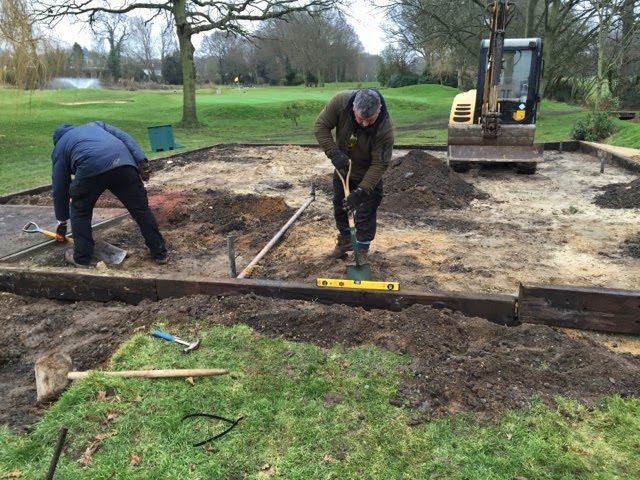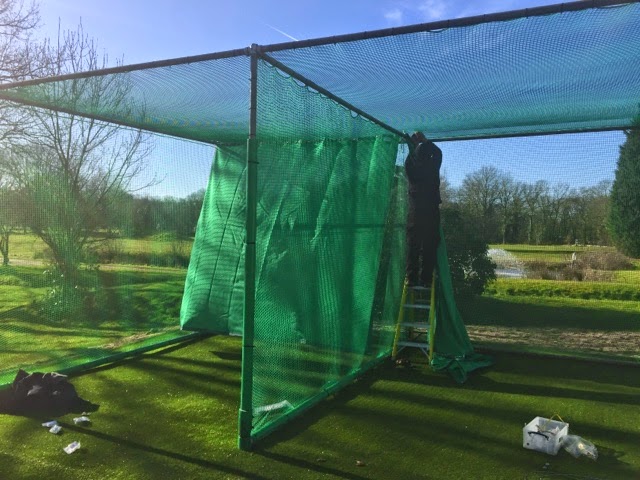Work Completed Reason
Thinning of the woodlands between the 15th green
and 16th hole.
To help assist and improve the performance of the
15th green, collar and apron, in conjunction with the collar drainage.
Removal of the large oak on the 16th carry protruding
from the woodland edge on the left of the carry.
To open the entry to the 16th fairway from the tee
and to prevent future problems occurring with the increasing growth and size of this
tree in this particular area.
Removal of trees along the left-side of the
13th carry from the tee.
To allow for full use of the tee width and to prevent
future problems occurring with the increasing growth and size of trees
in this particular area.
in this particular area.
Pruning of limbs along the right-side of the
17th carry from the tee.
To allow for full use of the tee width and to prevent
future risks of damage to machinery managing the grass in this particular area.
Removal of the large oak beside the
9th tee.
To help improve the performance of the 9th tee and
to help reduce the need to waste water and over irrigate the tee.
Removal of the large oak beside the 8th green.
To help improve the performance of the 8th green and
to help reduce the need to waste water and over irrigate the green.
A root barrier was installed originally to avoid removal, however this
has proved to be unsuccessful.
Removal of trees and pruning along the
right-side of the 9th carry.
To allow for full use of the tee width and to prevent
future problems occurring with the increasing growth and size
of trees in this particular area.
Removal of trees behind the 8th tee.
To help improve the performance of the 8th & 10th tees,
and to prevent future problems occurring with the increasing growth
and size of trees in this particular area.
(Shrubs were planted on the fence line in advance last year).
Removal of trees behind the 2nd tee.
To help improve the performance of the wettest tee on the
course, which continuously sits in the shade.
Removal of trees left-side of the 4th tee.
To allow for full use of the tee width and to prevent future
problems occurring with the increasing growth and size of trees in
this particular area.
Trees removed vary in shape and size. Some trees have also been removed due to their misshapen form of growth created due to growing under the canopy of larger trees. removing these smaller misshapen trees benefits the larger mature specimens which remain.
Some other trees and limbs have also been removed for safety reasons, either from evidence of decay (4th) or to prune out dead wood in the tree canopy (17th).
Evergreen shrubs like Holly have been left untouched in random places because they make safe, year-round retreats where birds and small mammals can hide from predators and remain protected from inclement weather. These shrubs also produce berries which attracts wildlife to readily eat. A diverse type and size of cover plants is useful to have. This is also why many Hawthorn trees have been pruned aggressively in recent years to develop into better cover and understory shrubbery.























































